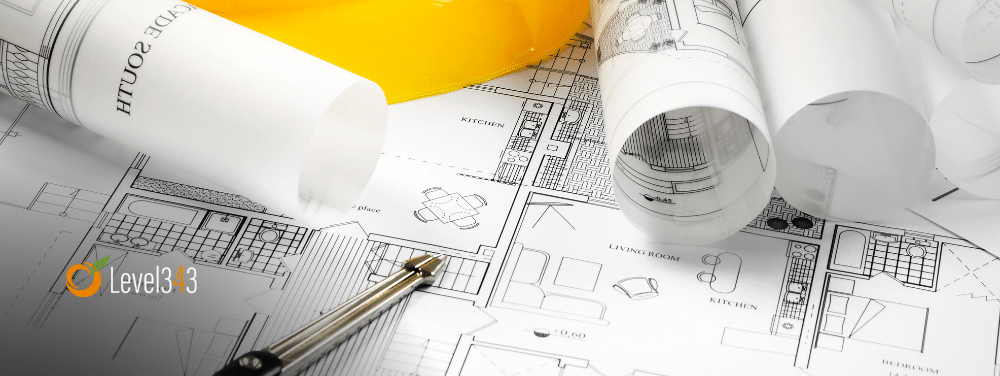Although it was once thought of as a brilliant brain-child of usability, information architecture seems to have been set by the wayside by many a business owner and blogger. How many times have you visited a website and immediately been lost? What do I do now? Where do I go from here? How do I get from point A to point B? For example, you might visit an eCommerce site through a product page selling a particular tennis shoe, but have no clue how to get to the main “shoe” category.
In this case, and many like it of varying degrees, the problem is lack of information architecture.
The Design of Absolutely Everything (and How to Get There)
In short, the practice of information architecture is like drawing a map that says, “You Are Here,” with another spot that says, “’X’ Marks the Spot.” “X” is where you’ll need to end up if you want a successful hunt for information, humor, or funny cat videos, not necessarily in that order.
The funny thing is, even though good information architecture (or IA) is extremely important to have if you want a good, active site, it doesn’t even really have a job title. You’ll seldom run up against an information architect that wasn’t self-proclaimed.
Now, you look at a site map and say, “that’s information architecture, that is,” and we’ll have to agree. However, putting up a site map, stepping back and calling it good enough… well… isn’t good enough.
What IS IA?
In reality, the basics of Information architecture should be included in everything you do for your website. It asks questions like:
- How do people get around my site?
- What kind of information do they get?
- Does the information tell them to what they need to know?
- Does it help them make a decision on whether to buy, download, etc?
Ultimately, the answers are turned into actionable data that can help increase how well a website performs. Principles of IA are in how you deal with information to:
- Categorize the information into related groupings (does “gorilla” go under “monkey”, or “ape”?)
- Structure the information into bite-sized, non-judgmental offerings (do you have more tldr; sections than you do readable tidbits?)
- Represent the information in a way that helps people understand they’ve reached the goal of their hunt (the layout of the page, for example)
- Help people browse information, both relevant and related
- Give people the ability to navigate the site, using clearly defined, heavily researched/reviewed/brainstormed menus.
- Give the ability to search your site with ease, so what they want is easy to find.
4 Signs that your Information Architecture Sucks is Hiding in your Analytics!
Is your IA out of whack? How do you know? Your Google Analytics is a gossip that loves to tell all if you’re just willing to listen. A really good indicator is to look at your category pages.
Lower traffic – It’s easy to assume that people need a category on Michael Jordan’s tennis shoes, but it’s a whole other thing to check the data. If you have five categories, and “Nikes” is getting a lot less views than the rest, you might want to rethink why you have the category in the first place.
Lower conversions – This is a more complicated issue, because lack of conversions can be due to many things. For example, maybe the CTA button that leads to a particular category is hidden somewhere, which means less traffic to it, which means lower conversions.
Low entrance – “Entrance” versus “views” means that someone came straight to the category from somewhere else – NOT on the site. How does one category perform over others? Does one have a much lower entrance rate? Consider why – is the topic not wanted, or did you forget to do your marketing for that category?
Low search queries – If you have your analytics tracking your site’s search function, you have invaluable data at your hands. What did people search for after they landed on my “Nikes” category? Do people search more for a particular term than others, and is that term in my list of categories? If not, can I make it one of my categories?
Final Thoughts
What if? What if your analytics data points to the fact that your site is lacking in the information architecture department?
Well, whatever you do, don’t just throw in the towel and start over. Take the time to interpret that data within a larger context. What were your users needing? What kind of SEO had been done, if any?
Once you know the basics of how your categories work, make sure you build on the gathered data. Perhaps with an A/B text, to study which one did better, or serving the page with a different layout. Either way, if you focus on improving the point of information architecture categories, you can greatly enhance it, and how well they perform.
If you need help with your information architecture and drawing the best “You Are Here” map, contact us. We’ll get you pointed in the right direction.






































